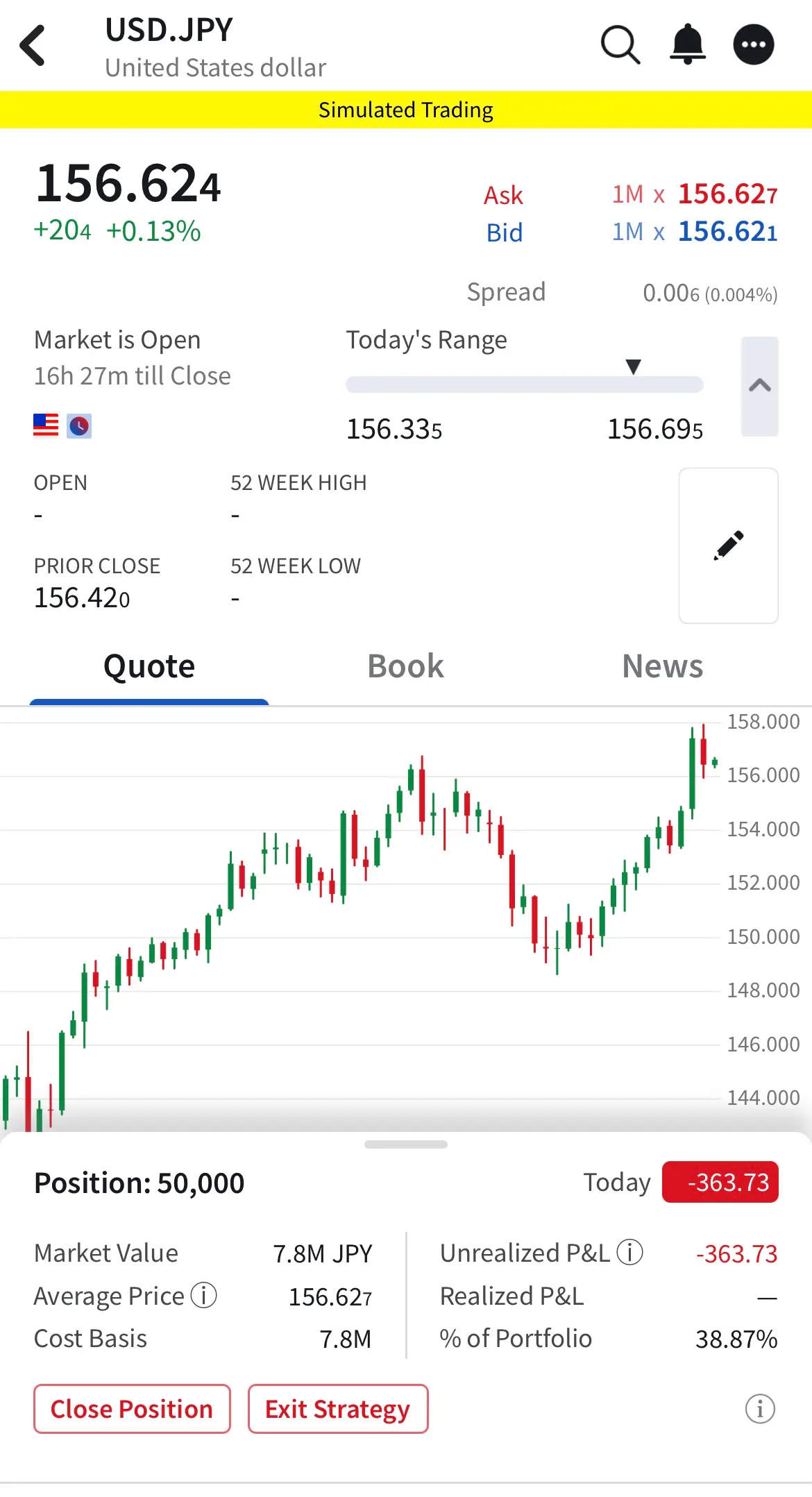
IB用家討論區 (14)
Bijou
1001 回覆
8 Like
3 Dislike
留意返倉位要時間交割 

長知識 要預幾多日



post #1 第七點
fx係t+2
fx係t+2

fx T+2
債/股票 T+1
一日後先好買股票
債/股票 T+1
一日後先好買股票
屌 受教了

你地傭金個part 係揀fixed or tiered?
tier 





有人會買boxx , 佢係用option沖tbill升價唔派息,想食息就賣貨,咁好似唔會走派dividend ,比WHT 個流程
When comparing the Alpha Architect 1-3 Month Box ETF (BOXX) and the iShares 0-3 Month Treasury Bond ETF (SGOV), there are several key factors to consider, including their management style, performance, expense ratios, and tax implications.
Overview of BOXX and SGOV
Management Style:
BOXX: Actively managed by Alpha Architect, launched on December 27, 2022.
SGOV: Passively managed by iShares, tracking the ICE 0-3 Month US Treasury Bill Index, launched on May 26, 2020.
Performance Comparison
Year-to-Date Returns:
BOXX: 4.95%
SGOV: 5.16% [1].
Total Returns:
BOXX has shown a total return of 12.97% since inception, while SGOV has a significantly higher total return of 21.81% [1].
Volatility:
BOXX has a higher volatility of 0.18% compared to SGOV's 0.07%, indicating that BOXX's price experiences larger fluctuations [1].
Expense Ratios
BOXX: 0.20%
SGOV: 0.03% [1].
Both funds are considered low-cost compared to the broader market.
Dividend Yields
BOXX: Approximately 0.26%
SGOV: Approximately 5.11% [1].
SGOV offers a significantly higher yield, making it more attractive for income-focused investors.
Tax Efficiency
BOXX: Utilizes a strategy involving synthetic positions that may provide tax advantages, as gains from options can be taxed more favorably compared to interest from T-bills [3].
SGOV: Interest earned is taxed as ordinary income, which can be less favorable for investors in higher tax brackets [3].
Risk and Drawdowns
Maximum Drawdown:
BOXX: -0.12%
SGOV: -0.03% [1].
This indicates that SGOV has experienced less severe price declines compared to BOXX.
Conclusion
In summary, BOXX and SGOV cater to different investment strategies and preferences. BOXX may appeal to those seeking a potentially more tax-efficient investment with active management, while SGOV is suitable for investors looking for a stable, income-generating option with lower volatility and a higher yield. The choice between the two will depend on individual investment goals, risk tolerance, and tax considerations.
Overview of BOXX and SGOV
Management Style:
BOXX: Actively managed by Alpha Architect, launched on December 27, 2022.
SGOV: Passively managed by iShares, tracking the ICE 0-3 Month US Treasury Bill Index, launched on May 26, 2020.
Performance Comparison
Year-to-Date Returns:
BOXX: 4.95%
SGOV: 5.16% [1].
Total Returns:
BOXX has shown a total return of 12.97% since inception, while SGOV has a significantly higher total return of 21.81% [1].
Volatility:
BOXX has a higher volatility of 0.18% compared to SGOV's 0.07%, indicating that BOXX's price experiences larger fluctuations [1].
Expense Ratios
BOXX: 0.20%
SGOV: 0.03% [1].
Both funds are considered low-cost compared to the broader market.
Dividend Yields
BOXX: Approximately 0.26%
SGOV: Approximately 5.11% [1].
SGOV offers a significantly higher yield, making it more attractive for income-focused investors.
Tax Efficiency
BOXX: Utilizes a strategy involving synthetic positions that may provide tax advantages, as gains from options can be taxed more favorably compared to interest from T-bills [3].
SGOV: Interest earned is taxed as ordinary income, which can be less favorable for investors in higher tax brackets [3].
Risk and Drawdowns
Maximum Drawdown:
BOXX: -0.12%
SGOV: -0.03% [1].
This indicates that SGOV has experienced less severe price declines compared to BOXX.
Conclusion
In summary, BOXX and SGOV cater to different investment strategies and preferences. BOXX may appeal to those seeking a potentially more tax-efficient investment with active management, while SGOV is suitable for investors looking for a stable, income-generating option with lower volatility and a higher yield. The choice between the two will depend on individual investment goals, risk tolerance, and tax considerations.
puls點睇

新手一問 我係手機app download左IBKR mobile自己開戶係咪無咁好?係咪用referral先比較好?
我係手機app download左IBKR mobile自己開戶係咪無咁好?係咪用referral先比較好?
 我係手機app download左IBKR mobile自己開戶係咪無咁好?係咪用referral先比較好?
我係手機app download左IBKR mobile自己開戶係咪無咁好?係咪用referral先比較好?
問相識既朋友用Referral,有著數
有referral有錢送喎 

我可以畀rebate 你
留tg
留tg
佢最多可以擰$1000股票,你得$200仲要rebate人,有無咁低賤 





點睇puls
有無巴打可以解答下Forex唔係open 247? 點解而家係Market is closed
冇close
forex 本身因為好多國家之間都交易
理論上係24小時
但要用美元/港元計價
就要等星期一早上開市先會有對盤
星期六日假期係無市
理論上係24小時
但要用美元/港元計價
就要等星期一早上開市先會有對盤
星期六日假期係無市
Thanks 巴打
問多樣 下面顯示open position嘅box一重新登入就無咗 係唔係正常?

問多樣 下面顯示open position嘅box一重新登入就無咗 係唔係正常?

你去兌換果度買唔得咩
有P/L易睇 好奇點解佢唔一直擺係到
好奇點解佢唔一直擺係到
 好奇點解佢唔一直擺係到
好奇點解佢唔一直擺係到兌換期預覽咪有P/L